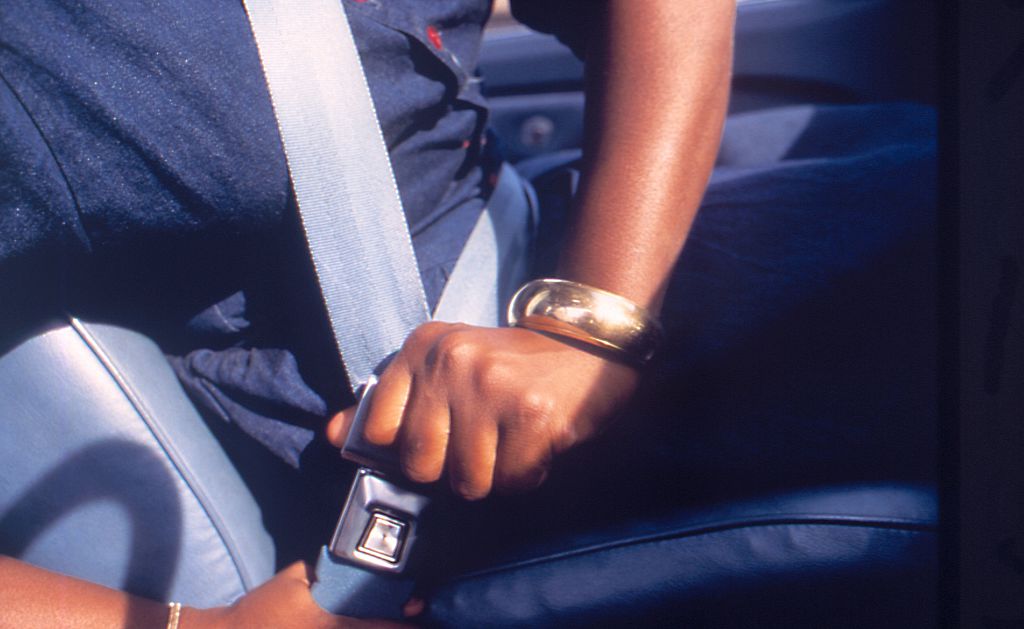
When Were Seatbelts Invented?
It’s crazy to think that just over 50 years ago, cars didn’t have seatbelts. For over half a century drivers and passengers were driving around very vulnerable in their cars. Seatbelts are a game changer when it comes to accident safety. Securing people in their seats is paramount and they were a welcome invention. But when where seatbelts invented?

According to the Center for Disease Control and Prevention, “seat belt use is the most effective way to save lives and reduce injuries in crashes as more than half (range from 53% – 59%) of (people) aged 13 – 44 years who died in crashes in 2014 were unrestrained at the time of the crash.” Let’s take a look at the history of this life-saving device.
“seat belt use is the most effective way to save lives and reduce injuries in crashes as more than half (range from 53% – 59%) of (people) aged 13 – 44 years who died in crashes in 2014 were unrestrained at the time of the crash.” Let’s take a look at the history of this life-saving device.
When were seatbelts invented?
Some form of the seat belt has existed since the late 1800s. Gliders and horse-drawn cabs used straps to secure passengers. In addition, lap belts were used in early racer models as well as many classic cars from the ’40s and ’50s.
Then in 1959, the three-point seat belt as we know it was born. Once an engineer who designed ejector seats for Saab aircraft, Nils Bohlin was hired by Volvo Car Corporation. In the wake of the death of a relative in an automobile accident, Volvo CEO Gunnar Engelau felt motivated to make changes. He knew the company should increase its safety measures.
How did Bohlin design the three-point safety belt?
Already familiar with the four-point harness of airplane seating at the time, Nils Bohlin began brainstorming. He knew he would have to make some simple alterations to seatbelt design in automobiles.
The three-point product of his intelligent mind would secure both the lower body and the upper body. With a lap belt and chest belt anchored in three strategic places drivers were now exponentially safer than ever before.
“It was just a matter of finding a solution that was simple, effective and could be put on conveniently with one hand.”
Nils Bohlin, inventor of the seatbelt, 1920-2002
When did they become standard?
Seatbelts began to sell like hotcakes, both as upgrades and accessories. Apparently, even gas stations used to sell them. But that was clearly not the best way to protect the public.
In 1966, vehicle standards regarding seatbelts were implemented in the US that said all cars manufactured and sold were required to have seatbelts. Over the next decade, seatbelts became a global safety phenomenon.
What about laws?
In Victoria, Australia, the world’s first seat belt law which required passengers to wear their seat belts at all times was created in 1970. Some laws were emerging in the U.S. that said all cars had to have seatbelts. This was probably inspired by the The National Traffic and Motor Vehicle Safety Act of 1966.
There were still issues with people driving sans seatbelt in spite of around 25 years worth of “Buckle Up” ad campaigning. State by state, the United States enacted seatbelt laws to keep citizens secure. By 1995 nearly every state implemented fines for breaking seat belt laws. Today, every state practices safety belt laws to keep people safe.
How many lives saved?
When Bohlin passed away in 2002, Volvo had estimated that the seat belt had saved more than one million lives in the four decades since it was introduced. Quite a feat for a simple strap.
Today, seatbelts save around 15,000 lives a year. Seatbelts truly do save lives. Thanks to the innovative ideas of these people in the 50s we now drive “buckled up for safety.”




